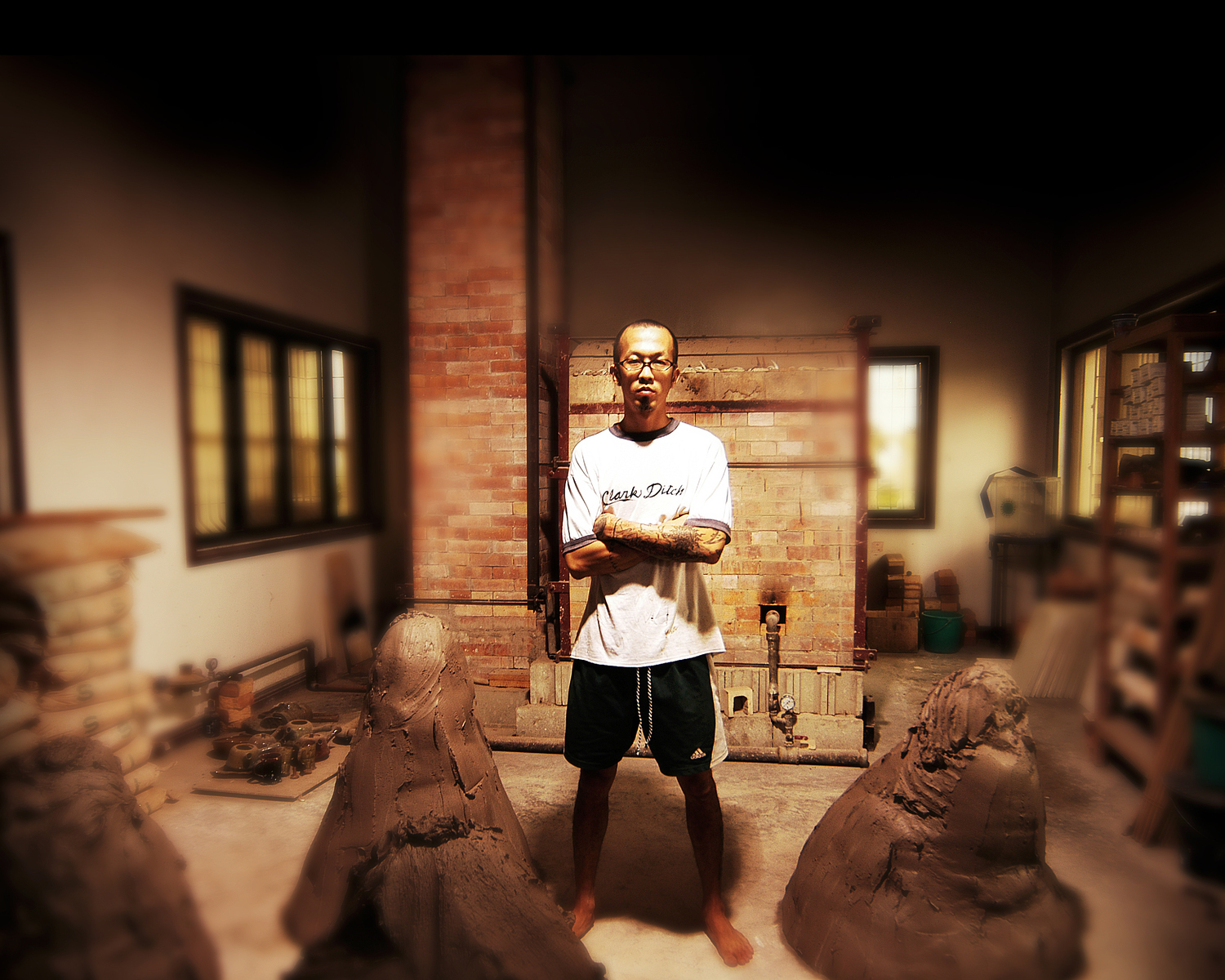Brunei
On May 1997 an oil company discovered an ancient shipwreck, dated to be between 1500-1520, off the coast of Brunei, a country known for its rich petroleum deposits. The company subsequently funded a successful underwater archaeological expedition. The artifacts recovered consisted mainly of trade ceramics along with 1461 metal objects, glassware items, and organic remains. The finds were eventually presented in exhibitions in various museums such as the Australian National Maritime Museum, Sydney (2003-2004), the National Museum of Australia, Canberra (2004) and Western Australian Maritime Museum, Fremantle (2004-2005).
The wreck is significant because it contained important antique ceramics that come from various sources such as China, Vietnam, and Thailand. For instance, the wreck yielded a dish base with the earliest reign mark known from a documented archaeological site. Reign marks, one might argue if all the evidence were documented, are not found on Chinese trade ware before 1500. Another wreck from about the same period -Lena Shoal- did not yield reign marks. Another valuable find is the fifty-four centimeter restored jar with four vertical lugs on the shoulder. The 15th to 16th century A.D. jar is a black glaze decorated with incised decoration of floral wreaths and zigzag pattern.
The wreck is however most important because it gave evidence to the role of Brunei as port in the trading of ceramics in Southeast Asia. It shows the importance of Brunei as one of the leading maritime trading kingdoms in the region at the end of the 15th century. The large quantities of ceramic wares found in trading shipwrecks also evince of the popularity of ceramics in the region
Brief history of trade in the Sultan of Brunei
Prior to the 15th and 16th centuries, Brunei had exchanges of envoys and missions to and from China, and was a vassal state of Majapahit. In the 15th and 16th centuries, Brunei's relationship with China intensified and it expanded into a fairly large empire rich in natural resources, especially camphor. During this latter period the Sultan of Brunei controlled trade and commerce, built a powerful naval force, and amassed vast wealth. This history is supported by the evidence of the shipwreck as well as land sites. The similarity of ceramics discovered at Kota Batu, the 14th to 17th century capital of Brunei, to those found at the wrecksite strongly suggests the ship was bound for Brunei.
Brunei was also involved in the South China Sea trading ships. The western route went from South China to the Malay Peninsula and beyond, ultimately leading to the Middle East. The eastern route went from the coast of Fujian to the Philippines and Borneo, with Brunei in a central, strategic position on this route. Chinese products to Southeast Asia included trade ceramics, silk, and cast iron goods. The principal Southeast Asia exports included gold, tin, spices, and a variety of forest products.
The route of Brunei vessel comes eastward from the lower coast of peninsular Malaysia, but probably it had made a stop in Thailand since 1,200 Thai Singburi storage jars were recovered among the 12,250 Thai, Vietnamese, Burmese (misidentified as Thai) and Chinese trade wares.
Archaeological evidences have shown that there were some sorts of link between Brunei Darussalam and the Socialist Republic of Vietnam as early as six hundred years ago. Although the earlier contact was more specifically towards trade, it nevertheless shows the existence of relations between the two countries. Vietnamese ceramics which vary in types and shapes have been collected and dated between the 14th to the 17th centuries A.D. through archaeological researches since 1952. This shows that Vietnamese ceramics were widely distributed in this country such as those discovered at Kota Batu, Pulau Cermin. The Vietnamese ceramics were also found during the Brunei shipwreck project in 1998. The presence of the Vietnamese ceramics, dated between the late 15th to early 16th centuries showed their acceptance in this country.
Texts were culled from the following sources:
http://www.rtb.gov.bn/NewsUpdate/2003/July03/230703/main7.htm
http://museum.bu.ac.th/newsletter3.pdf
Dick Richards, editor, Lost for 500 years...Sunken Treasures of Brunei Darussalam. Sydney: Art Exhibitions Australia Limited, 2003.

![thumbnail[1].jpg](https://images.squarespace-cdn.com/content/v1/532744c3e4b051c9f1ed3284/1395887768532-T8AJJNK1J83DFMRT9FFF/thumbnail%5B1%5D.jpg)